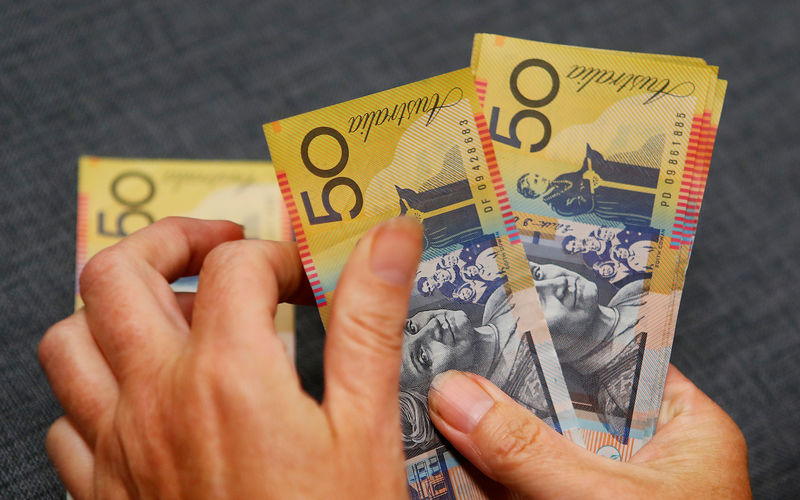Aussie dollar outlook hinges on US trade policy under Trump, says BofA
There are three potential scenarios for the Australian dollar through mid-2025, contingent on U.S. policy under President-elect Trump, analysts at Bank of America (BofA) said in a note, stating a wide range of outcomes for the currency, reflecting uncertainties in global trade.
In BofA's baseline scenario, the AUD is expected to weaken to 0.63 U.S. dollar (USD) by mid-2025. This forecast assumes a continuation of tariff-driven trade policies similar to Trump's first term, alongside moderate gains in U.S. equities, with the S&P 500 projected to deliver double-digit returns.
A gradual increase in U.S.-China tariffs, coupled with a devaluation of the Chinese yuan (CNY), is anticipated to exert downward pressure on the AUD. Industrial metals, a key driver for Australia's economy, are also expected to decline, adding to the currency's challenges.
BofA's second, and a more severe scenario envisions a full-blown trade war, where tariffs significantly disrupt global trade. In this situation, the AUD could tumble to 0.55 USD, the bank warned. It cites, a sharp devaluation of the CNY and plummeting industrial metal prices, as major headwinds.
This scenario assumes broader global equity market declines and a more pronounced impact on Australian growth and inflation, potentially keeping the AUD below 0.60 USD for an extended period.
Thirdly, if the incoming administration adopts policies akin to Ronald Reagan's 1980s approach—characterized by tax cuts, deregulation, and limited trade disruptions—the AUD could climb to 0.70 USD, BofA analysts said. Such policies could spur a rally in U.S. equities and stabilize the CNY, creating a favorable environment for the Australian currency.
BofA underscores the AUD's heightened sensitivity to global risk sentiment and its evolving relationship with commodity prices and the CNY. Analysts emphasize that significant shifts in U.S. policy will likely dictate the trajectory of the AUD in the near term.
Source: Investing.com
